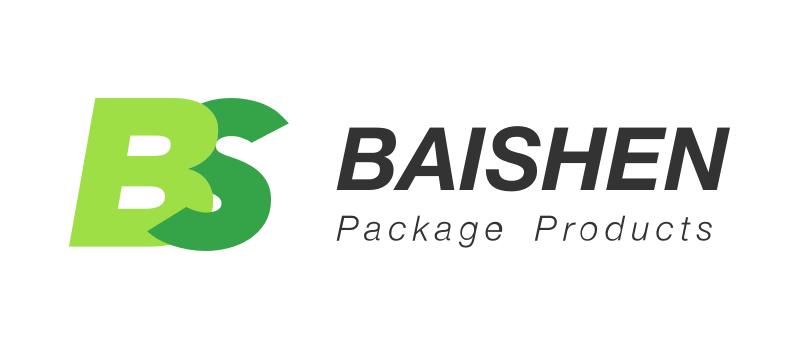There is hardly any material in the sphere of long-term preservation and high-performance packaging that is as respected as mylar. It has become the gold standard in the efforts to assemble a robust food supply by individuals, as well as by consumers, who want to safeguard the integrity of their products from businesses. But just what is this substance, and how has it acquired such a tremendous reputation? The guide has given an absolute analysis of the mylar bag, not only its scientific makeup but also its practical use, and a comprehensive outline of anyone who is interested in serious asset protection, whether it is in the household pantries or their product line.
What Is a Mylar Bag?
To comprehend the purpose of a mylar bag, it is important to know what it is made of. Mylar is commonly used as a generic term, though it is a brand name of a film of a kind called BoPET (biaxially oriented polyethylene terephthalate). Invented in the 1950s by DuPont, this exceptional polyester film soon gained adoption in an extensive variety of fields, primarily in the aerospace industry. NASA used BoPET in all manner of things, including insulation of spacecraft and the building of solar sails, and this was a testament to its high thermal and strength attributes.
A mylar bag is not a single piece of this material. Instead, it is a performance-engineered laminated composite structure. The bag is made of several layers, in the most usual form of storing it. The external layers are usually produced with BoPET, which would give the tensile strength, puncture-resistance, and a firm base. The most important inner layer, nevertheless, is a micro-thin foil of aluminum.
This laminating is important. The structural integrity is offered by the BoPET, and the barrier is offered by the aluminum foil. The aluminum does not allow penetration of gases and prevents almost 100 percent of the spectrum of light. The layers are joined together to form a unified, elastic, and at the same time extremely strong material. A mylar bag isn’t a product of nature, as such, but rather of high technology to produce an isolated environment, protecting the things in it against the elemental powers of decay.
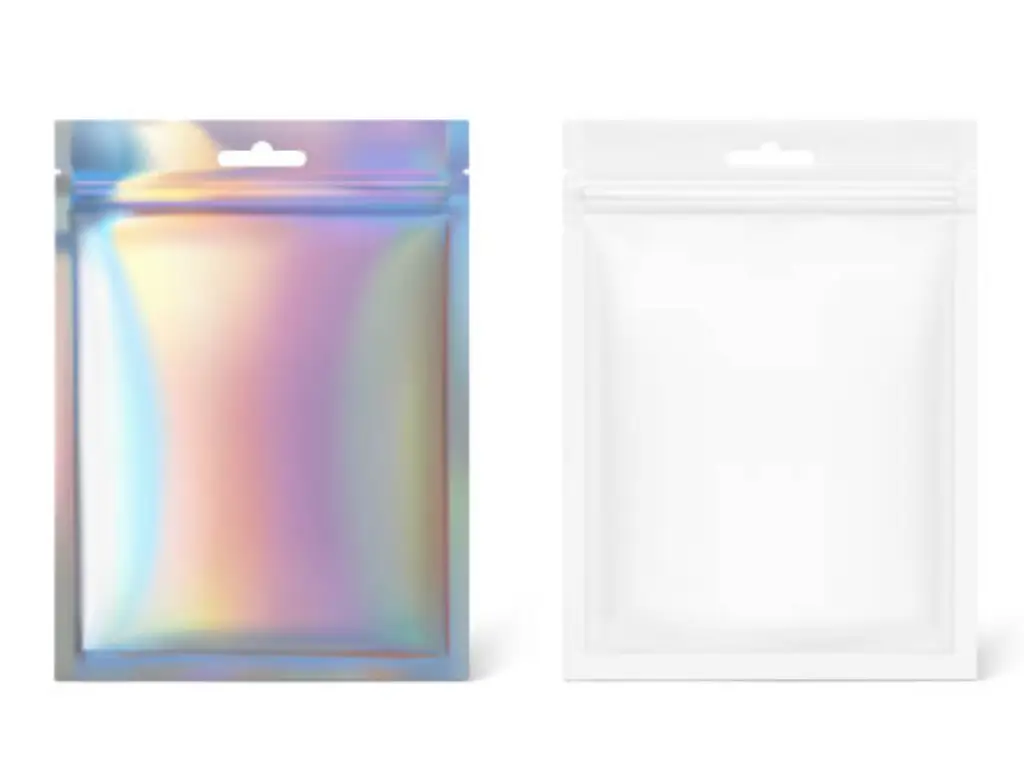
Why Mylar Offers Unmatched Protection
The advantage of Mylar bags as a storage medium is not a matter of opinion; it is a matter of physics. It is effective because it forms an almost impenetrable seal to the three major causes of food spoilage: oxygen, light, and moisture.
● The Oxygen Barrier
Oxygen is a life-giver, but it is the foe of preservation. It promotes the increase of aerobic microorganisms such as bacteria, molds, and yeasts that cause decomposition. Moreover, oxygen leads to oxidation whereby fats and oils become rancid, vitamins are destroyed, and the taste and smell of stored food change. A mylar bag has a core aluminum layer that is not permeable to oxygen molecules. With the proper use of an oxygen absorber to seal the bag, the internal atmosphere of the bag can be made low in oxygen to below 0.1 percent. This successfully stops the development of aerobic microorganisms and prevents oxidative damage, making the nutritional and sensory quality of food last for decades.
● The Light Barrier
Light, especially of the ultraviolet (UV) region, is a highly energetic source of energy that deteriorates the quality of foods. It boosts the oxidation of fats and can oxidize vitamins that are sensitive to light, e.g., A, D, E, K, B2, and B12. It also leads to discoloration, whereby the bright colours of spices, herbs, and other natural products fade. Mylar bag is an opaque layer of aluminum that functions as a total blackout curtain that prevents the transmission of light by more than 99 percent. Such complete darkness will help maintain the light-sensitive nutrients and the original look of the product, which is a vital aspect of sustenance in the long term, as well as in the market.
● The Moisture Barrier
The other factor that is very important in food spoilage is moisture. Too much moisture may encourage the growth of mould, result in caking of powders such as flour and sugar, and even result in the loss of texture in dry products, making crispy products mushy. On the other hand, the escape of moisture may make the other foods too dry and brittle. An outstanding moisture vapor barrier is a Mylar bag. It does not allow water vapor in the surrounding environment to go inside the bag, and it also seals the optimum level of moisture in the food that has been dried well within the bag. This steady hydro-environment is critical towards the avoidance of spoilage and preservation of the desired texture of the product.
How to Properly Seal Mylar Bags
The only thing that can make a mylar bag effective is a good seal. This is a simplified way to do it properly so that your food is preserved and fresh in the long run.
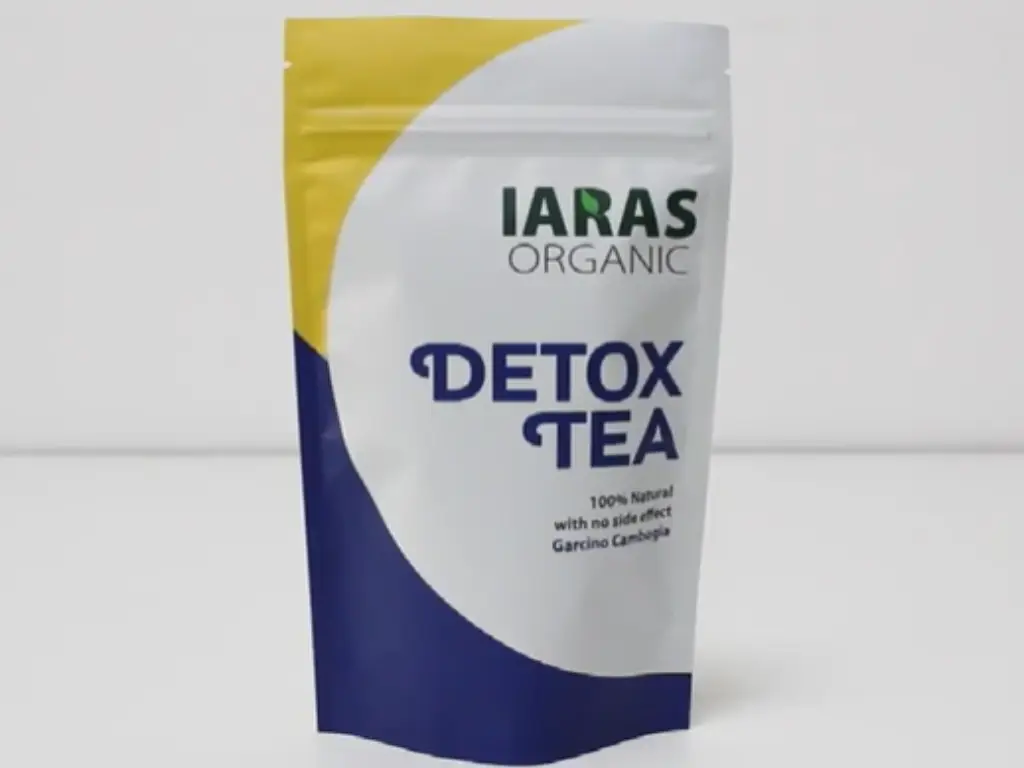
- ● Step 1: Prep Your Food and Bag
Select a bag size that is proportional to the speed at which you can consume the contents after opening. The food must be cool and low in moisture (preferably below 10%) to avoid the growth of molds or spoilage. Place the bag full, with 3-4 inches of space left to seal.
- ● Step 2: Add an Oxygen Absorber
Absorbers of oxygen are mandatory. Select the right size in terms of bag volume (e.g., 100cc in 1-quart bags, 2000cc in 5-gallon bags). As soon as they are exposed to air, they go off, so be sure to open only as much as you want at any one time, and replace the remainder quickly. Lay the absorber over the food in the bag.
- ● Step 3: Create an Airtight Seal
It is possible to seal Mylar bags with an impulse sealer (best), a clothes iron (no steam, high heat), or a hair straightener (small bags). Seal gradually and uniformly on the top. A good seal should be flat, not wrinkled, and airtight, with some people applying two seals to be on the safe side.
- ● Step 4: Label and Store Securely
Write in each bag what was stored in it and the date it was stored. Then put it in a strong container such as a plastic bucket or a tote to resist punctures, light, and rodents.
Top Uses: From Pantry to Products
The uses of mylar bags are simply astounding, and range all the way down to the household level, to the industrial scale. This flexibility is in direct correlation with their unmatched protective properties.
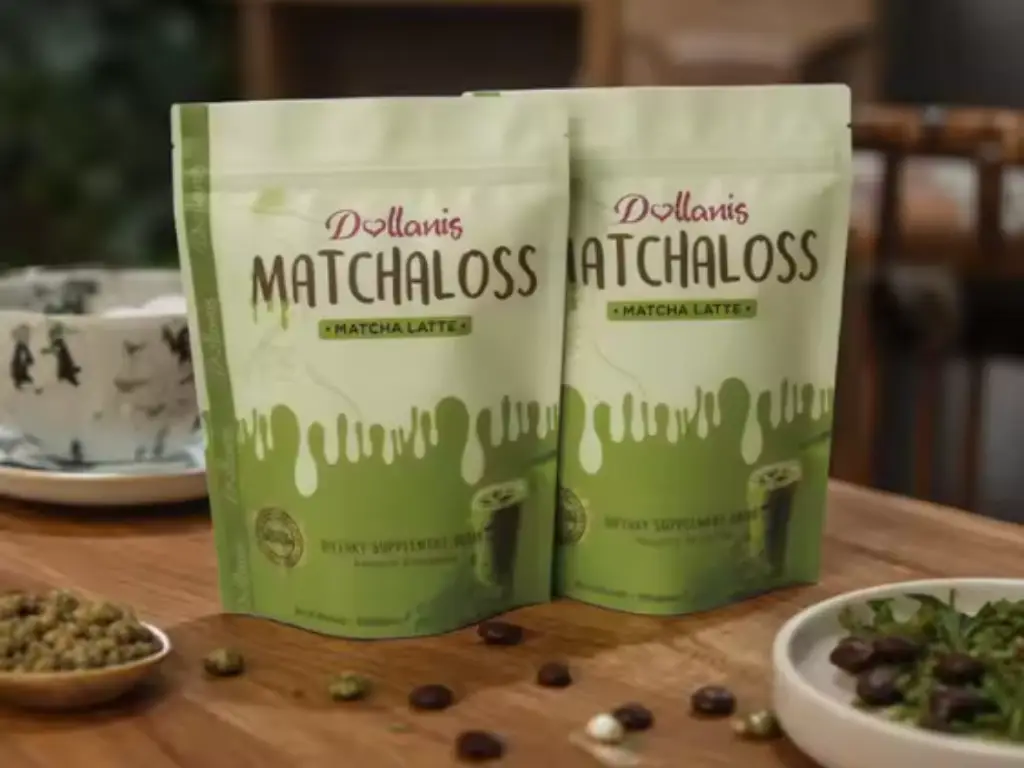
Mylar bags form the foundation of emergency preparedness (or prepping) and bulk food storage in the case of the individual and family. They enable families to enjoy the benefits of buying in bulk, and the shelf life of the staple commodities such as white rice, wheat, beans, pasta, oats, and sugar is kept in the best conditions without spoiling even after decades. This adds a deep layer of food security against possible supply chain breakdown, natural disasters, or uncertainty of the economy. Mylar is also used by homesteaders and gardeners to store the harvest, including dehydrated fruits, vegetables, and herbs, preserving the value of their produce and years.
It is equally attractive as a value proposition commercially. Mylar packaging in the specialty coffee industry is necessary because the volatile aromatic oils and compounds, which are the hallmark of a premium bean, are easily lost. After being exposed to oxygen and light, these compounds break down quickly, but a mylar bag can preserve that freshly roasted flavor. This can be applied to artisanal teas, spices, and luxury organic powders, too.
Mylar has gained popularity in the legal cannabis businesses, specifically as an edibles and flower packaging agent, within the last few years. The capacity of the material to prevent the volatilization of terpenes (compounds that contribute aroma and flavor) and preserve the cannabinoids, such as THC and CBD, against degradation by exposure to light is vital in the preservation of product strength and quality. As far as nutritional supplement manufacturers, pet food, and freeze-dried meals are concerned, mylar guarantees that the product sent to the consumer is as safe, nutritious, and effective as when it was originally packaged. Even non-food items are covered by the technology, to archivally store valuable documents and photos, or shield sensitive electronic components against electrostatic discharge and moisture.
Choosing the Right Mylar Bags Solution
Making the right choice of mylar bag is a very important decision that solely rests on the desired application. The thickness and size are the major considerations for the home user.
Thickness is also in mils, 1 mil being one-thousandth of an inch. Although the 2.5 mil bag is considered a basic protection, the accepted industry standard ranges between 4.0 and 7.5 mils for serious long-term storage. A general guide is given below to assist in arriving at the proper thickness and size combination to suit different needs:
| Thickness (mil) | Durability Level | Recommended Use | Suggested Bag Sizes |
| 2.5 – 3.0 mil | Basic | Short-term or temporary storage. Not ideal for long-term use due to limited durability. | 1-quart to 1-gallon (small portions, snacks) |
| 3.5 – 4.5 mil | Standard / Versatile | General-purpose dry goods like rice, beans, flour, and oats. Suitable for 3–5 years of storage. | 1-gallon, 2-gallon, 5-gallon |
| 5.0 – 5.5 mil | Premium / Puncture-Resistant | Items with sharper edges (e.g., pasta, seeds, grains with husks); better for rough handling. | 1-gallon, 2-gallon |
| 6.0 – 7.5 mil | Heavy-Duty / Long-Term | High-value or emergency long-term storage with maximum protection against the elements. | 2-gallon (stackable), 5-gallon |
| 8.0+ mil | Industrial / Specialty Use | Commercial or professional-grade use; extremely robust needs such as export packaging. | Custom sizes, bulk storage |
You should select a size that is determined by your consumption habits. Storing food in a few one-gallon-sized bags is usually safer than in a single five-gallon bag because once the seal is penetrated, the entire contents are subjected to the elements.
Domestic applications can be met by standard thickness and size. But in the case of the application to the professional sphere, the standard is hardly ever the best solution. Communicative packaging is required by businesses that compete in highly competitive markets, such as the food, beverage, pet food, and nutritional supplements industries, as it must preserve but also perform and present.
Your Professional Packaging Partner: Baishen Pack
This is the point where a dedicated manufacturer such as Baishen Pack brings in the essential value. Having more than 10 years of dedicated experience in custom flexible packaging since 2012, we know that commercial packaging is a complicated formula of safety, functionality, and consumer attraction. Being a worldwide supplier and a complete partner, we design mylar-based solutions according to the needs of your product.
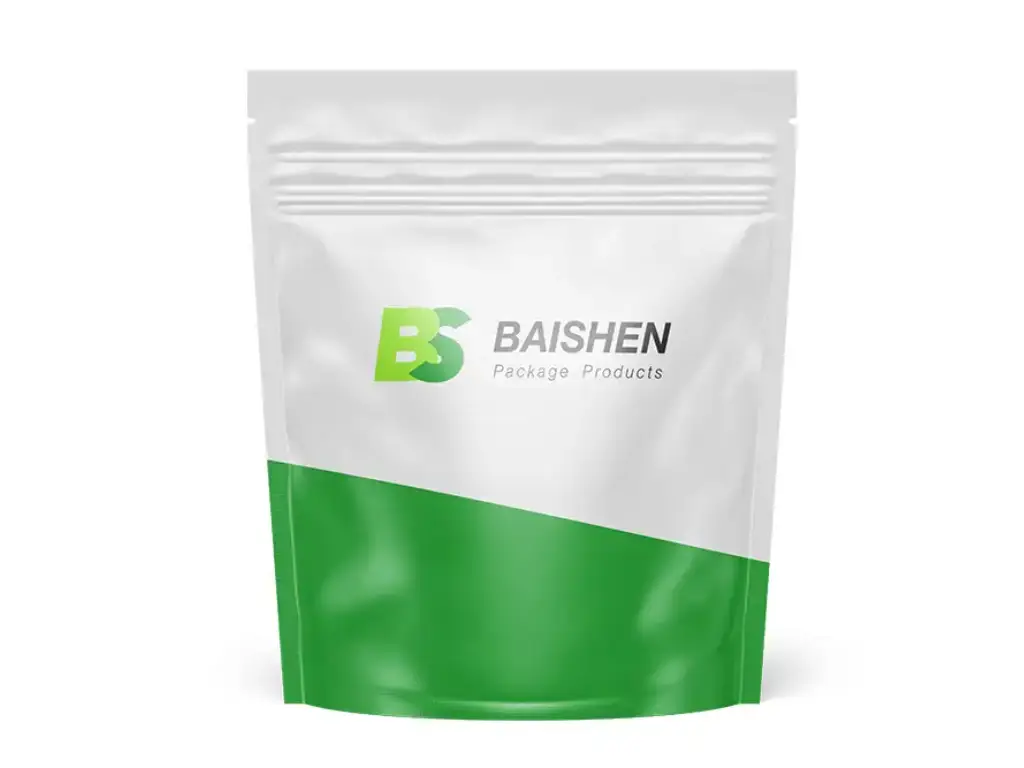
Our strategy does not just end with ordinary bags. Our packaging design and engineering services are end-to-end, and our team of experienced designers and engineers provides the thrust.
- ● Material Science: We use certified, food-grade material (SGS, BRC supplier) with a steady supply to create high-barrier, multi-layer structures. We also provide sustainable solutions, such as recyclable, bio-based, and compostable materials, to assist you in achieving your sustainability objectives.
- ● Functional Customization: We add features which add value to the consumer experience, e.g,. different types of resealable zippers to control portion size, spouts to pour liquids more easily, tear notches that make it easy to open, and transparent windows to display your product.
- ● Advanced Printing & Finishing: Your most important marketing tool is your packaging. We use high-resolution digital, flexo, and gravure printing to make your brand come to life using beautiful graphics. A variety of finishes (matte, gloss, or metallic) is available to give a high-quality finish that will make the product stand out on the shelf.
- ● Agile & Reliable Production: Having state-of-the-art equipment such as the HP Indigo digital press, we provide flexibility by having very low minimum order quantities (MOQs) and quick turnarounds of 7-10 working days to enable you to be nimble in the market. At the same time, our facility has the full capacity to process large volume orders in both consistent and expedient ways.
We use our expertise to make your brand stand out on the shelf and still maintain maximum product integrity. Ready to up your packaging? Get in touch with us now to get a quote or custom mylar bag solutions that fit your brand.
Mylar Bags vs. Vacuum Sealed Bags: Which is Better?
Mylar and vacuum sealed bag selection is a functional one and is determined by the unique material characteristics and the expected duration of storage.
Vacuum sealed bags are composed of multi-layer plastic polymers. They serve the purpose of containing food, and a machine physically takes out the air, leaving a vacuum. This makes them very efficient in avoiding freezer burn, and one can see what is inside clearly. The plastic itself, however, is microscopically permeable to oxygen. In long-term situations, i.e., one to three years, sufficient oxygen transfer can occur through the material and impact the quality of food. They are also not light-proof.
Mylar bags are a composite material, produced by laminating polyester film and a layer of aluminum foil. They also have a protective role because of the impenetrable nature of this aluminum layer. They are used instead of the physical removal of all the air with a packet of oxygen absorber that is used to remove the reactive oxygen contained in the sealed bag chemically. This mix develops an ultimate, lasting defense against moisture, light, and oxygen.
Consequently, the right decision is based on the storage objective. Vacuum sealer bags are very convenient and ideal to store items in the short-to-mid term (up to three years), especially in a freezer. The mylar bags are needed and much more reliable to provide the qualities of true long-term, shelf-stable preservation of five or even more years.
To better visualize the differences between mylar bags and vacuum sealed bags, check out the video below: What’s the Difference Between Mylar Bags & Vacuum Sealed Bags?
What Foods Can and Can’t Be Stored in Mylar Bags?
When storing food in Mylar bags on a long-term basis, there are foods that should be used and foods to avoid. The following is a useful way to tell the difference between the two:
Foods That Are Suitable for Mylar Bag Storage
(When sealed properly with oxygen absorbers in a dry, cool environment)
| Food Item | Recommended Shelf Life | Notes |
| White Rice | 25+ years | One of the most classic long-term staples |
| Dry Beans | 20 years | Includes black beans, red beans, lentils, etc. |
| Rolled Oats | 25 years | Stays fresh for decades when kept dry |
| Pasta | 20 years | Best to use unbroken, hard-style dried pasta |
| Freeze-Dried Fruits | 25 years | Must be completely dehydrated |
| Powdered Milk | 20 years | Use mylar bags 5 mil thick or more |
| Wheat Berries | 25+ years | Ideal for milling into flour; use with oxygen absorbers |
| Dry Corn (Whole Kernels) | 20+ years | Stores better than cornmeal for the long term |
| Brown Rice | Up to 5 years | Higher fat content; store well-sealed for a shorter term |
Foods That Are NOT Suitable for Mylar Bag Storage
| Food Item | Reason |
| Fresh Meat | High moisture content; spoils quickly |
| Cheese | High fat content, prone to mold and spoilage |
| High-Fat Foods (e.g., nuts, fried rice) | Fats oxidize easily, reducing shelf life |
| Baked Goods (cakes, soft cookies) | Too moist and soft; risk of mold and spoilage |
| Fresh Fruits & Vegetables | Require refrigeration; will rot if sealed without drying |
| Cooked Foods | Active microbial content; not suitable for dry storage |
💡 Helpful Tips:
- ● Stored food should always be kept dry, and the right quantity of oxygen absorbers must be added.
- ● Mylar bags should be stored in a cool, dark, and dry place.
- ● Apply at least 5 mils of bags to offer more protection against moisture and oxygen.
- ● Seal each bag with a date to monitor the rotation of the storage.
Conclusion
The mylar bag is more than a mere container; it is an advanced system of preserving. It has been a convenient, as well as a dependable technique of long-term food preservation, offering a triple-layered barrier of defense against oxygen, light, and moisture. Being aware of the science behind its efficiency and following a strict method of its application can help achieve the potential of preserving food for decades, providing people and families with security and peace of mind.
When professional customization is applied to it, this technology transforms into a strategic asset for businesses. It is an aid to secure the quality of the product, shelf life, as well as to convey the quality of the brand in the competitive market. It does not matter whether you are just starting your home food supply storage or you want to improve your professional product packaging; using mylar means a direct investment in better quality, safety, and a more secure future.
